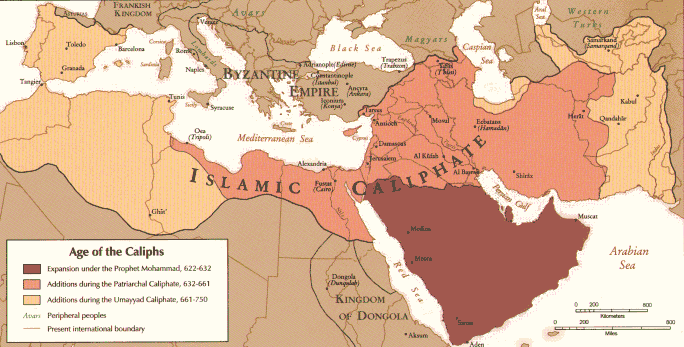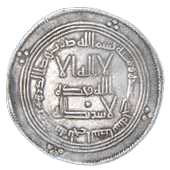The Life and the Times of the 4 Rashidun Caliphs
This website will talk about the leaders of the Rashidun caliphate (632AD-661AD). Their names were Abu bakr, Umar, Uthman and Ali. These great men are widely revered by muslims around the world for their compassion, piety and leadership which saw Islam spread rapidly across the world
Abu Bakr, Umar, Uthman and Ali( May Allah be pleased with them) were highly respected in their societies and were very close to the prophet ( May peace be upon him). They were from early converts in Makkah who are known as the Muhajirun. The Muhajirun were the muslims who migrated from Makkah to Medina to escape persecution, leaving behind their wealth and possessions [1]. A caliph was given the prestigious name of Amir-al-mu’mineen which means ‘Commander of the Faithful’.

Why were the Rashidun Caliphs special?
They are special because they are first and true caliphate to exist, the caliphates after such as the Umayyad and the Abassids were Kingships. The evidence for this is the Prophets ( May peace be upon him) authentic statement, recorded by Abu Dawud in his Sunan, where he said ‘ The Khilafah of Prophethood will last 30 years then Allah will give power – or His Kingdom – to whomever He wills’ [2]. Ibn Hajar Al-Asqalani, a prominent 15th century Scholar and Historian explains this statement in his famed book Fath-al-Bari : “He meant by the khilaafah, the khilaafah of prophethood (i.e. the thirty years), and as for Mu’aawiyah and whoever came after him, then they were upon the way of the kings (i.e. kingship) even if they are named “khalifahs.” [3]
Hasan Ibn Ali’s Reign
After Ali ibn abi talib’s death (May Allah be pleased with him), his respected son Hasan was appointed by the people to succeed his father. He reigned for 6 months according to most historians such Ibn Katheer and Ibn Abil Izz Al-Hanafi who also consider him the 5th Rashidun Caliph[4], thus completing the 30 years of khilafah as foretold by the Prophet (May peace be upon him). He decided to relinquish his status and gave it to Mu’aawiyah ( May Allah be pleased with him) in a treaty which reconciled the two sides after a civil war. This was foretold by the Prophet ( May Peace be upon him) who said: “This son of mine (i.e Hasan) is a Sayyid( Chief) and May Allah bring peace between two big groups of Muslims through him.” [5]
“ I urge you to adhere to what you know of my Sunnah and the path of the Rightly-Guided Caliphs, and cling stubbornly to it.”

Prophet Muhammad
Sunan Ibn Majah Book 1 Vol 1 Hadith 43 [6]

